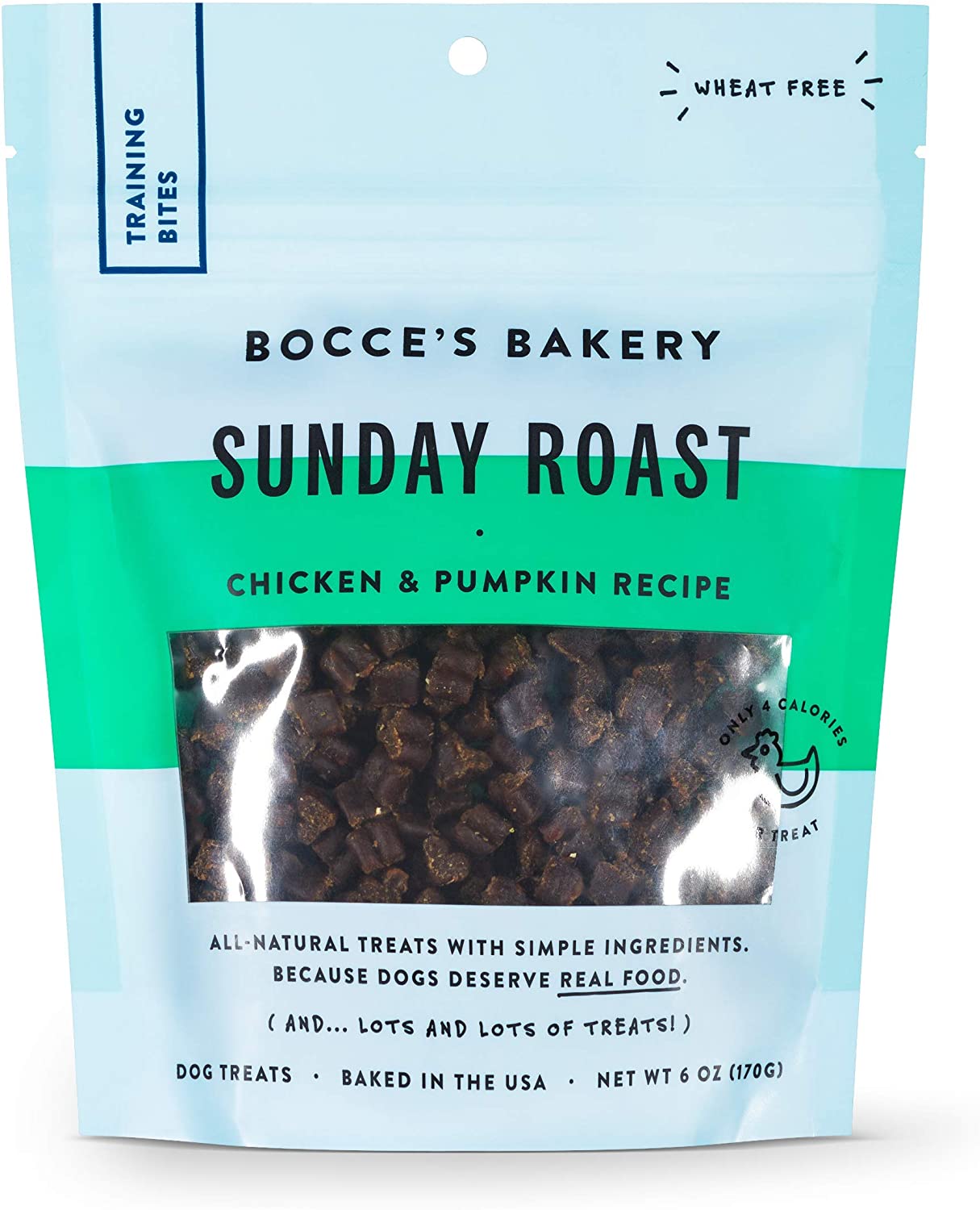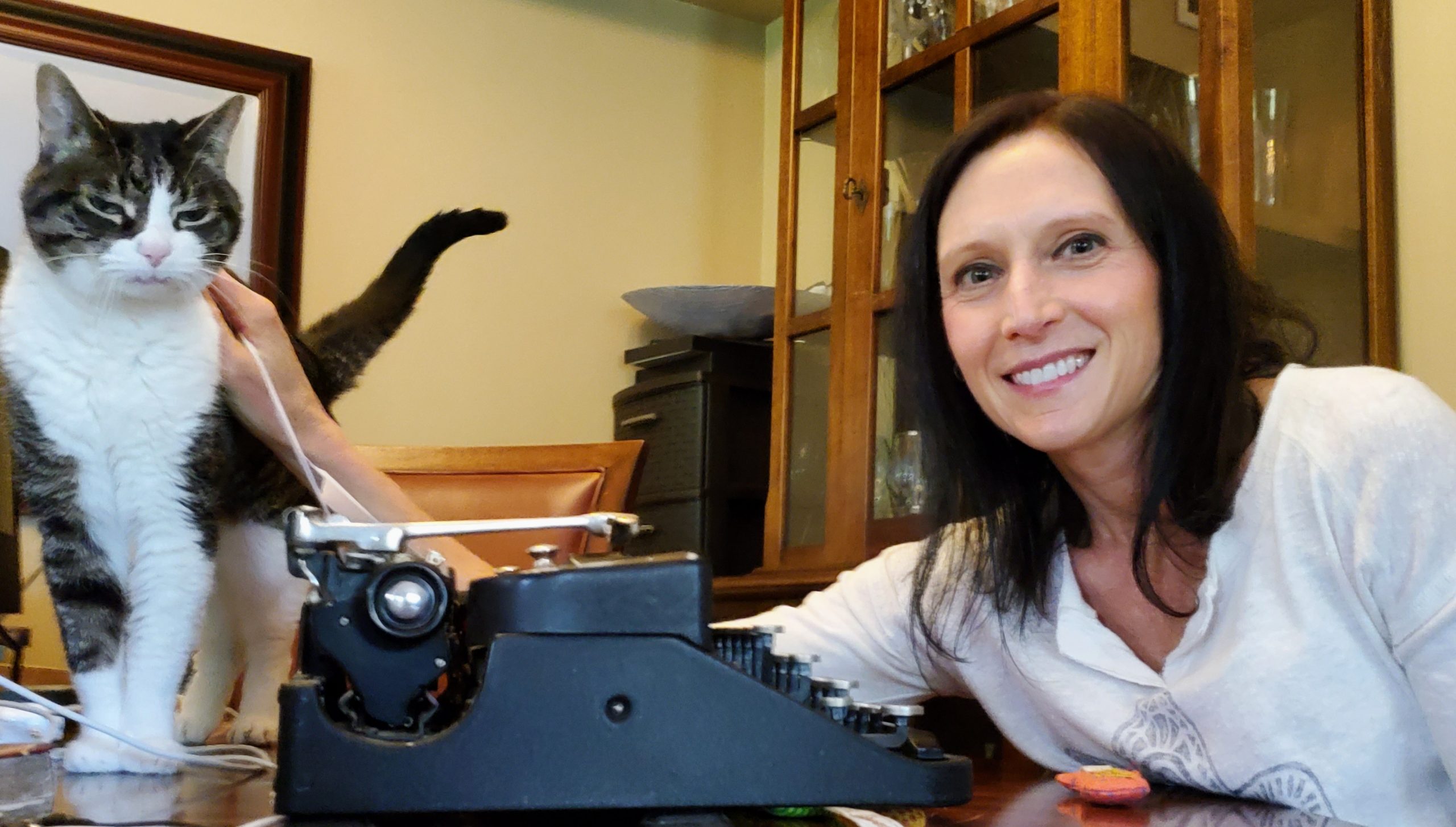Merrick’s chewy treats are the perfect mid-value training treat.
- Packed with protein and even contain omega fatty acids
- Made with natural ingredients and zero artificial flavors, colors, or preservatives
- Produced in small batches for the highest quality possible











